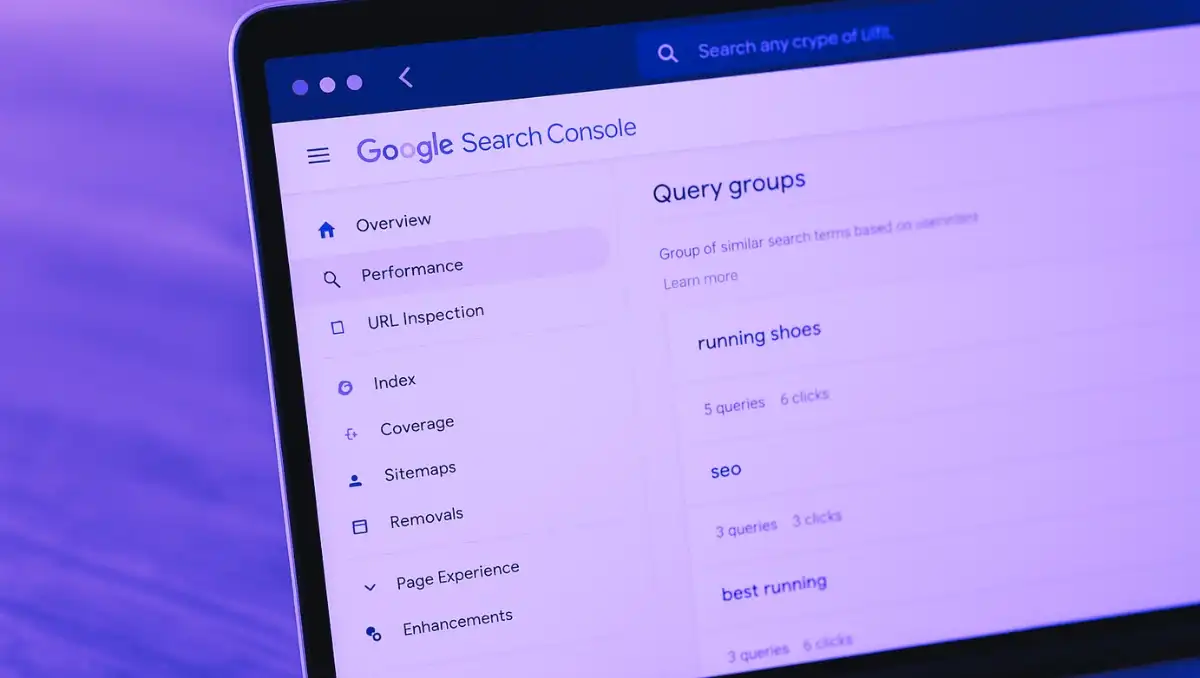As Google’s search algorithms continue to evolve, SEO professionals and digital marketers are adjusting strategies to stay ahead. One of the most anticipated changes in 2024 and 2025 is the widespread rollout of Google’s AI Overviews—a key feature in its Search Generative Experience (SGE). With this update, search results now include AI-generated summaries at the top of the page, offering users concise answers sourced from multiple web pages.
In this shifting SEO landscape, one powerful tool is gaining renewed attention: schema markup.
We at Squarezix recognize the value of structured data and how it helps get your website visible in AI-powered search results. In this article, we’ll explore whether schema markup can help you appear in Google’s AI Overviews—and how to leverage it to strengthen your SEO strategy.
What Is Schema Markup?
Schema markup, sometimes called structured data, is a kind of code that is added to the HTML of your website and is typically in the JSON-LD format. It helps search engines better understand the content of your web pages by labeling specific elements—such as reviews, FAQs, authors, products, and more.
Discover Our Expertise
Explore our company profile to learn more about our digital marketing services, and how we can help your business thrive in the digital world.
The goal is to create rich results (or rich snippets) in the search engine results page (SERP), which can improve click-through rates, increase visibility, and now, potentially contribute to your content being referenced by Google’s AI Overviews.
What Are Google’s AI Overviews?
Google’s AI Overview is a feature in SGE where generative AI provides an immediate, synthesized answer to a search query. It pulls data from multiple authoritative sources and generates a conversational, summary-style response at the top of the SERP.
These overviews aim to:
- Improve user experience
- Deliver quick answers
- Offer a preview of in-depth content
- Reduce the need for multiple clicks
While AI Overviews may reduce traditional organic traffic in some areas, being featured or cited within them can still bring credibility, clicks, and leads—if your content is properly optimized.
How Schema Markup Connects with AI Overviews
Schema markup provides semantic signals to Google, indicating what your content is about, who it’s for, and how it’s structured. Although Google has not confirmed that schema is a direct ranking factor for inclusion in AI Overviews, here’s why structured data helps:
- Improves Context and Clarity for Crawlers
AI models rely on clearly structured information to generate accurate and contextually relevant answers. Schema markup allows your content to be machine-readable, increasing the chances of it being understood and sourced by Google’s AI. - Boosts E-E-A-T Signals
Content that exhibits Experience, Expertise, Authoritativeness, and Trustworthiness (E-E-A-T) is given priority by Google. By using schema for authorship, reviews, FAQs, and organization data, you provide signals that align with E-E-A-T, enhancing your credibility. - Enables Specific Feature Appearances
Certain schema types—like FAQPage, HowTo, Product, or MedicalEntity—make your content more likely to appear as featured snippets, which may influence what the AI chooses to summarize. - Helps in Disambiguation
Schema tags help distinguish between similar terms and topics, which is crucial for AI trying to summarize highly specific or technical information.
Types of Schema That Could Influence AI Overviews
The following are the schema types that are most likely to be helpful:
- FAQPage: Often cited in summaries.
- Article and Blog Posting: Indicates editorial content.
- Organization: Builds trust and brand authority.
- Person: Useful for authorship and expert attribution.
- HowTo and Recipe: Helps with instructional content.
- Review: Useful for product/service evaluation.
- MedicalWebPage and Product: High authority areas.
Best Practices to Implement Schema for AI Visibility
If you’re ready to optimize for AI Overviews, follow these steps:
1. Audit Your Website for Existing Structured Data
Start with a technical audit using tools like Google’s Rich Results Test or Schema Markup Validator. Replace or improve any tags that are out-of-date or missing.
2. Focus on Pages with Informational Value
The goal of Google’s AI Overviews is to provide informational answers. Use schema on blogs, guides, FAQs, and service pages that solve problems or explain topics.
3. Use JSON-LD Format
Google prefers JSON-LD over Microdata. It’s clean, easy to implement, and doesn’t interrupt your HTML structure.
4. Add Schema to Your SEO Stack
As a leading SEO company in Dubai, Squarezix integrates schema implementation into all major content and technical SEO strategies for long-term search success.
Real Benefits for Businesses
Let’s say you run a pay per click marketing agency in Dubai. By using schema to properly tag your service descriptions, client testimonials, and case studies, Google may better understand the value you provide—making your content eligible for AI summaries about “best PPC strategies” or “how to pick a PPC agency in Dubai for my business”.
Similarly, a website design firm that marks up its portfolio items, testimonials, and author bios may have content more easily picked by AI models for design-related searches.
Final Thoughts
While schema markup isn’t a guaranteed ticket into Google’s AI Overviews, it greatly improves your chances by giving structure, authority, and clarity to your content. Think of it as a translator between your website and Google’s AI engine.
As Google moves toward a more AI-centric SERP experience, businesses that take proactive steps to implement structured data and deliver high-value, well-organized content will stay ahead of the curve.
If you’re unsure where to start, the experts at Squarezix, a leading Digital Marketing Firm in Dubai, are here to help. Whether you need SEO optimization, branding or support with structured data or any digital marketing services in Dubai, our team ensures your site is ready for the next wave of search.










